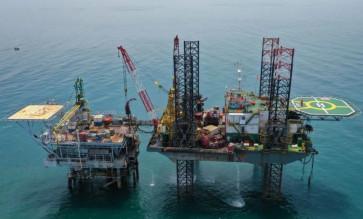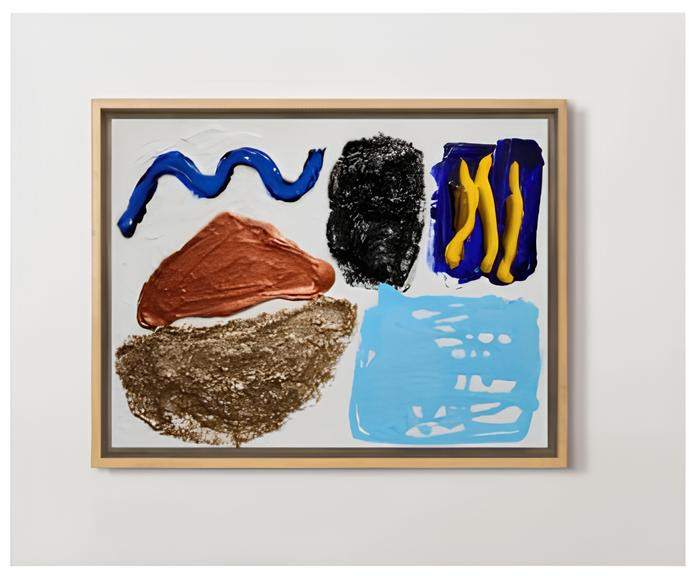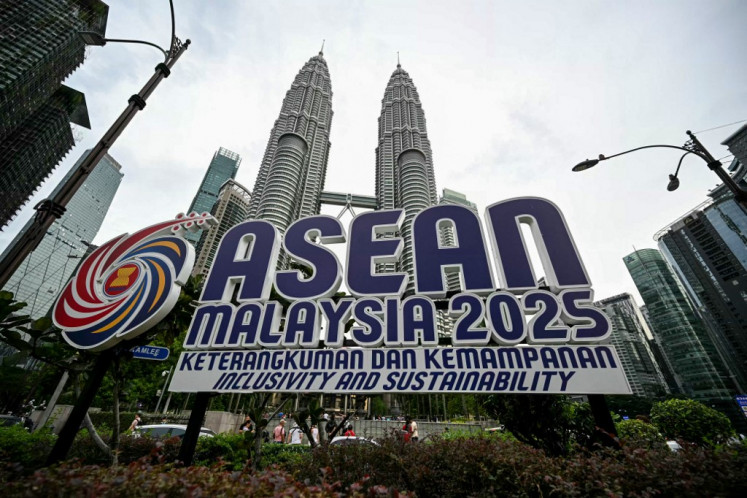Sinkholes on receding Dead Sea shore mark 'nature's revenge'
A spectacular expanse of water in the desert, flanked by cliffs to east and west, the Dead Sea has lost a third of its surface area since 1960.
Change text size
Gift Premium Articles
to Anyone
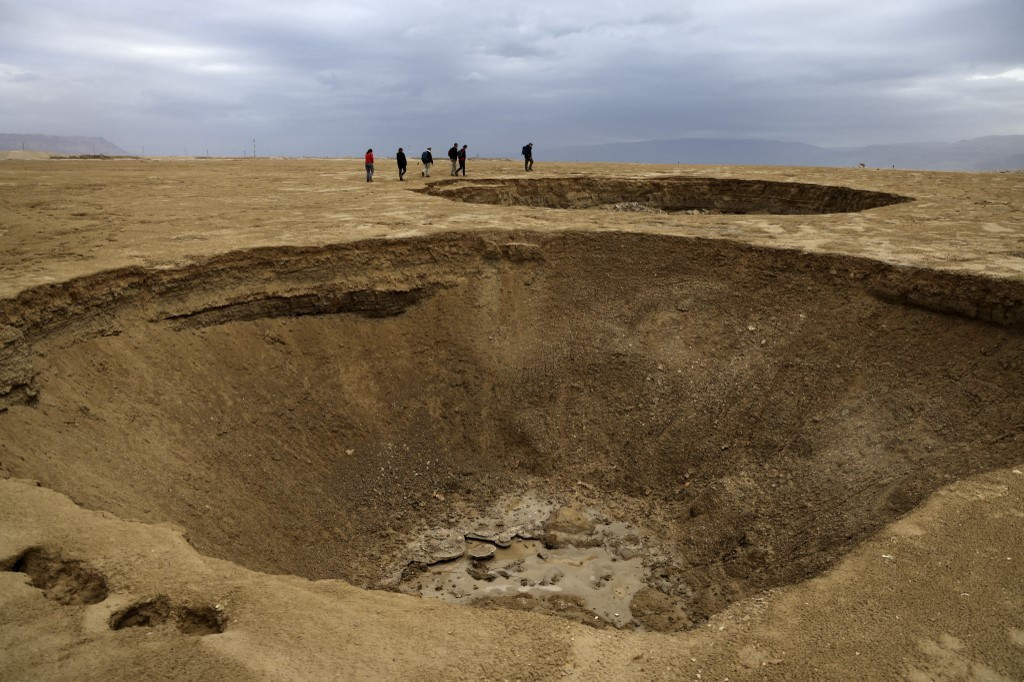 Hikers walk next to sinkholes across a dried-up sea area which exposed and created a salt plain, some 20 Km south of the Israeli Kibbutz Ein Gedi in the southern part of the Dead Sea, on January 15, 2021. A spectacular expanse of water in the desert, flanked by cliffs to east and west, the Dead Sea has lost a third of its surface area since 1960. The blue water recedes about a metre (yard) every year, leaving behind a lunar landscape whitened by salt and perforated with gaping holes. (AFP/Menahem Kahana)
Hikers walk next to sinkholes across a dried-up sea area which exposed and created a salt plain, some 20 Km south of the Israeli Kibbutz Ein Gedi in the southern part of the Dead Sea, on January 15, 2021. A spectacular expanse of water in the desert, flanked by cliffs to east and west, the Dead Sea has lost a third of its surface area since 1960. The blue water recedes about a metre (yard) every year, leaving behind a lunar landscape whitened by salt and perforated with gaping holes. (AFP/Menahem Kahana)
In the heyday of the Ein Gedi spa in the 1960s, holidaymakers could marinate in heated pools and then slip into the briny Dead Sea. Now the same beach is punctured by craters.
A spectacular expanse of water in the desert, flanked by cliffs to east and west, the Dead Sea has lost a third of its surface area since 1960.
The blue water recedes about a meter (yard) every year, leaving behind a lunar landscape whitened by salt and perforated with gaping holes.
Going forward, "you might be lucky to have a channel of water here, that people will be able to put their toes in," laments Alison Ron, a resident of Ein Gedi who once worked at the spa.
"But there will be a lot of sinkholes."
The sinkholes can exceed 10 metres (33 feet) in depth and are a testament to the shrinking sea. Receding salt water leaves behind underground salt deposits. Runoff from periodic flash floods then percolates into the ground and dissolves the salt patches. Without support, the land above collapses.
Ghost town
to Read Full Story
- Unlimited access to our web and app content
- e-Post daily digital newspaper
- No advertisements, no interruptions
- Privileged access to our events and programs
- Subscription to our newsletters
Purchase access to this article for
We accept



Redirecting you to payment page
Pay per article
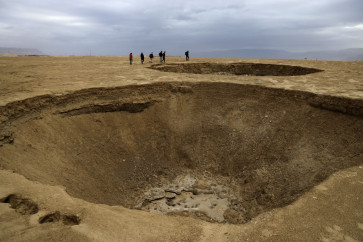
Sinkholes on receding Dead Sea shore mark 'nature's revenge'
Rp 35,000 / article
- Palmerat Barat No. 142-143
- Central Jakarta
- DKI Jakarta
- Indonesia
- 10270
- +6283816779933




Your Opinion Matters
Share your experiences, suggestions, and any issues you've encountered on The Jakarta Post. We're here to listen.
Thank You
Thank you for sharing your thoughts. We appreciate your feedback.
Share options
Quickly share this news with your network—keep everyone informed with just a single click!
Gift Premium Articles
to Anyone
Share the best of The Jakarta Post with friends, family, or colleagues. As a subscriber, you can gift 3 to 5 articles each month that anyone can read—no subscription needed!
Continue in the app
Get the best experience—faster access, exclusive features, and a seamless way to stay updated.


